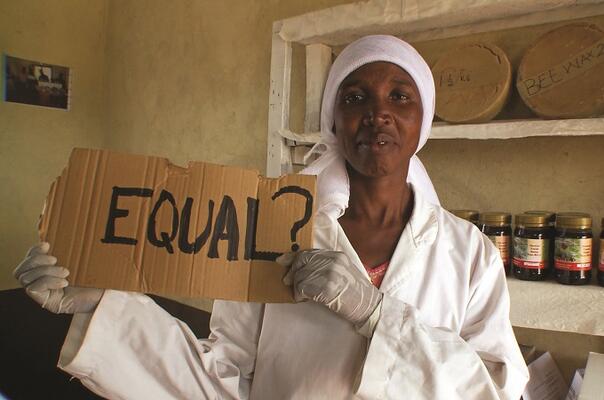
Growth and development: openness to trade is not sufficient
competitiveness must go hand in hand
We are currently engaged in a battle of ideas regarding the state of the global economy and its prospects for growth. Larry Summers, the former treasury secretary of the United States of America, has been leading the group of economists proclaiming that the world has entered an era of secular stagnation since the global financial crisis. On the other end, Standard Chartered Bank and similar players have argued that we are experiencing an economic supercycle – defined as average growth of around 3.5% from 2000-2030
– due to strong growth in emerging markets and fuelled by a global demographic dividend.
The state of play is such that there is not even agreement on the factors driving global growth and development. While recent events including the Trans Pacific Partnership and World Trade Organization (WTO) agreements on trade facilitation and information technology products show progress is possible, the Transatlantic Trade and Investment Partnership negotiations between the United States and the European Union remain highly controversial. And the recent WTO Ministerial Conference in Nairobi, while delivering some useful outcomes, highlighted the divisions on the future of negotiations in the trade body.
However, all parties should be able to agree that economic openness is an indispensable enabler of growth, job creation and poverty reduction. Trade provides new market opportunities for domestic firms, stronger productivity and increased innovation through competition. It contributes to poverty reduction, higher wages, geopolitical benefits derived from deeper economic integration and even – on the personal level – increased individual choice and freedom.
ECONOMIC OPENNESS
No country has developed successfully in modern times without harnessing economic openness to international trade, investment and the movement of people. This is especially relevant for smaller countries, as rarely has any nation with fewer than 10 million people reached high-income status if exports have accounted for less than 50% of its gross domestic product (GDP).
The global trade landscape continues to evolve. The production of parts and components that previously took place in a single factory or country is now dispersed internationally. These global value chains offer developing economies an avenue to engage in the world economy in ways not previously possible. Additionally, more players are joining the game: developing countries now make up close to 40% of international trade. These changes mean competition in global markets has intensified, which implies a greater need for countries to be more competitive because openness alone is not enough.
This is where the competitiveness agenda kicks in. To fully reap the benefits of openness through trade, investment, and movement of people, it is crucial to pursue a twin strategy of trade and competitiveness, argues ‘The Case for Competitiveness’ a recent report by the World Economic Forum. Trade is fundamental for a country’s economic competitiveness, which in turn boosts the success of firms and economics in global trade, in particular integration into global value chains.
The competitiveness of an economy determines how well it can convert the potential that openness offers into opportunities. This entails three main components: First, creating policies and regulations that affect the business climate, many of which are captured in the World Bank Group’s annual Doing Business Report, as well as stable macroeconomic conditions a function of fiscal, monetary, financial and exchange rate policies.
Second, setting up and empowering institutions, including all aspects of good governance such as efficient public administration, timely decision-making and impartial enforcement of property rights and contracts. Third, building infrastructure, both ‘hard’ or core physical infrastructure in transport, communications, energy, and logistics, and ‘soft’, which includes education and skills. These create the social and knowledge capital that make investments in hard infrastructure and new technology more productive.
Many view competitiveness as a zerosum game, where one economy is losing out if another is advancing. In reality, enhancing competitiveness is a race to the top where private enterprises become more productive, create jobs and boost incomes. In an interconnected world of global value chains, improving competitiveness is as much a collective effort as an individual one.
Whether we find ourselves in secular stagnation or a supercycle, strengthening both openness in the global economy and domestic competitiveness has never been more important. The potential for enhanced growth, innovation, job creation and development through a twin approach of trade and competitiveness lay before us.



